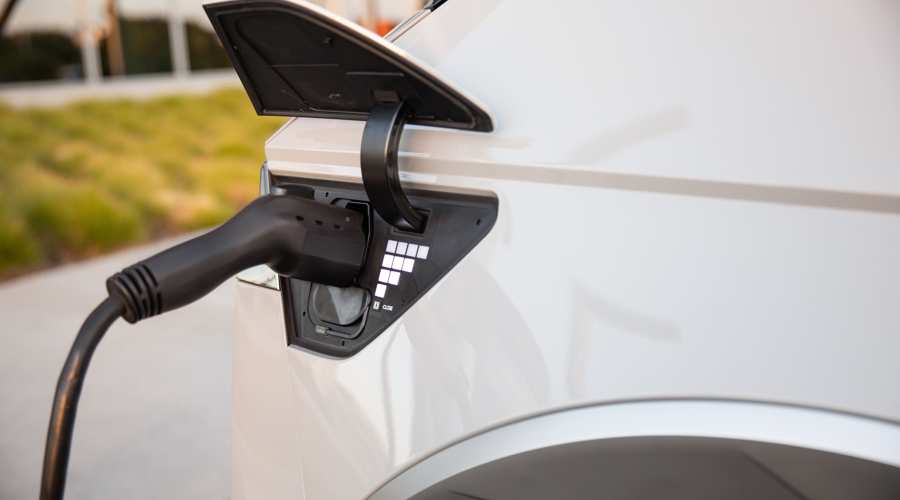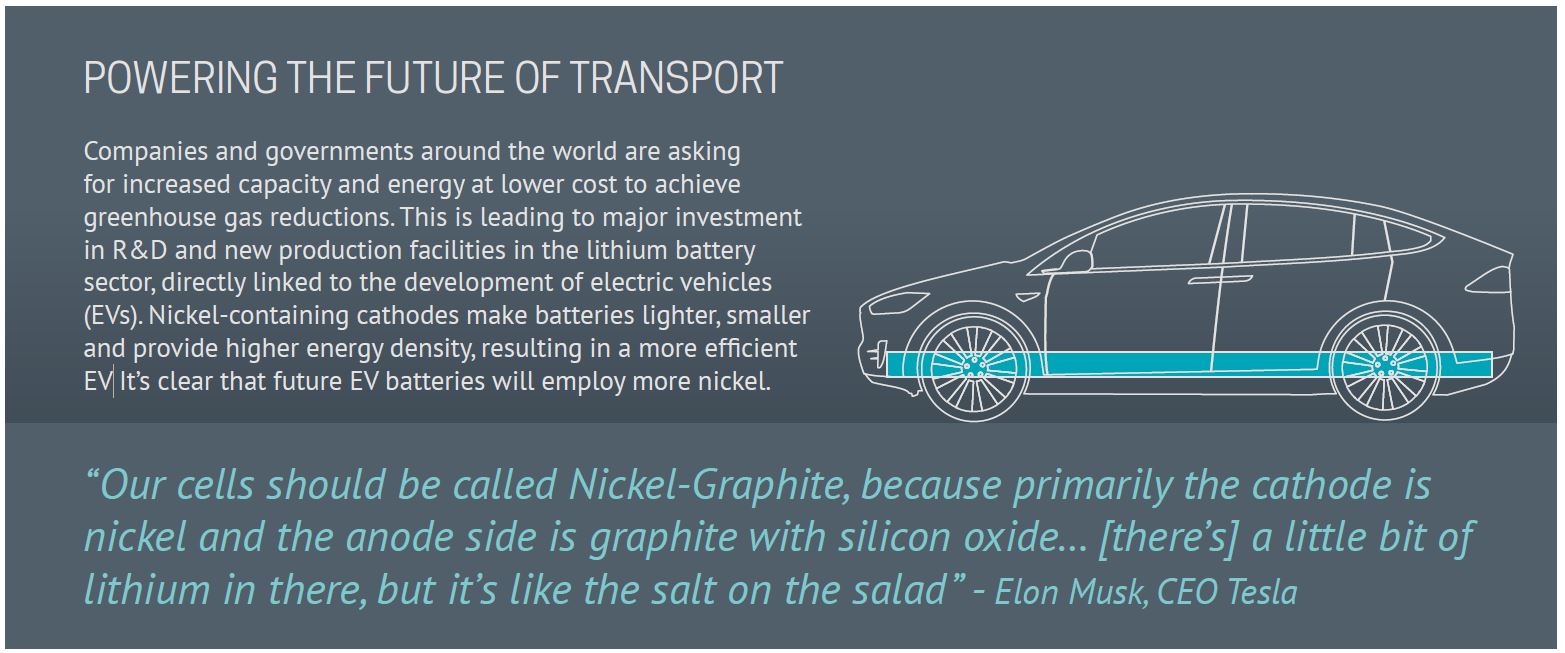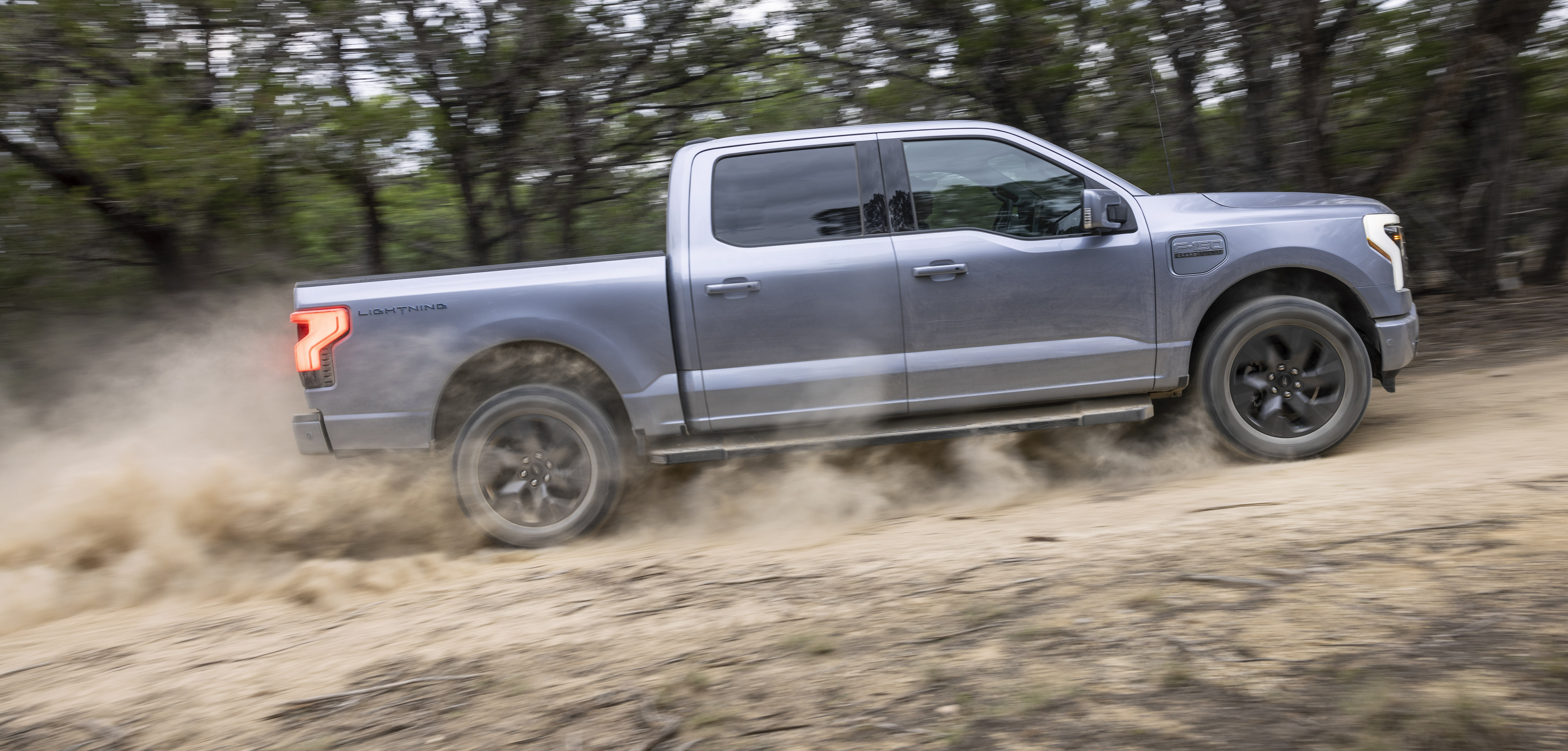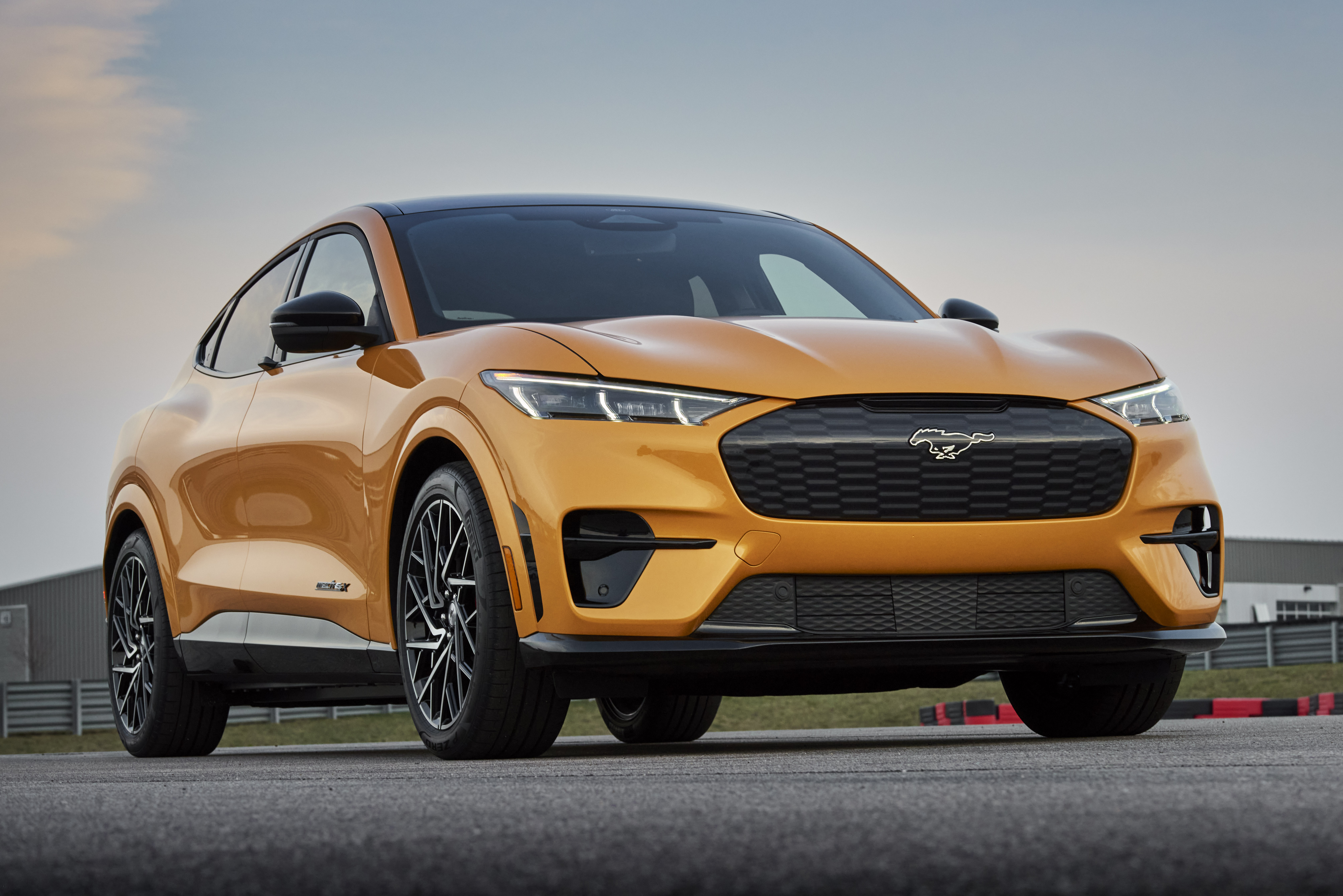Are nickel batteries safe?
Safety is a concern with any vehicle, which is why there is extensive testing by a wide range of agencies and automakers during the development process of every vehicle. EVs are just as thoroughly tested as gas-powered vehicles, but the newness of their technologies raises lots of questions about their safety. It’s something of an unknown for most people, but there’s good news. The lithium-ion batteries in electric vehicles are quite safe.
AutoInsuranceEZ collected data from both the National Transportation Safety Board (NTSB) and Bureau of Transportation Statistics (BTS) to compare the risk of fires in a gas vehicle versus an electric vehicle. Since there are far more gas vehicles on the road, it compared fires per 100,000 units sold rather than just overall number of fires. Gas vehicles had 1,530 fires per 100K sold while electric vehicles had just 25 fires per 100K sold. That’s a striking difference that shows the fear of fires with an EV are unfounded.
The notion that an EV could spontaneously catch fire is a common misconception. The reality is that electric vehicle fires are often the result of vehicle damage incurred in an accident. The same is true of a gas-powered vehicle, which can catch fire when it’s damaged. Compromises to the charging system can also cause an EV fire, but a properly functioning EV will not spontaneously catch fire.
Local fire departments know how to handle EV fires just as they know how to handle other fires. Extensive outreach on the part of automakers has helped improve their methods and is ongoing. Lithium-ion batteries are a safe technology that is continually being refined and improved to deliver reliable and efficient vehicle operation.







